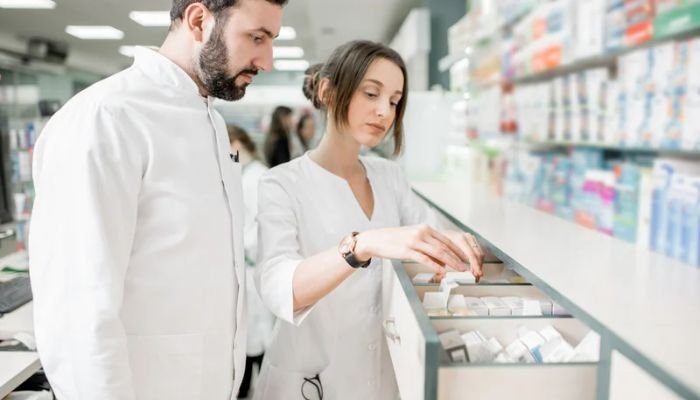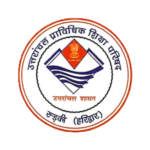In an era where healthcare costs are skyrocketing, the field of pharmacoeconomics is becoming increasingly vital. It involves the analysis of the cost and value of drugs and therapies, aiming to optimize the allocation of resources in healthcare. For B.Pharm graduates, expertise in pharmacoeconomics offers a unique opportunity to contribute to the sustainability of healthcare systems by ensuring that patients receive the most effective treatments at the best possible cost.
Understanding Pharmacoeconomics

Pharmacoeconomics is a sub-discipline of health economics that focuses on the evaluation of the economic impact of pharmaceutical products and therapies. It examines the cost (expenditure) versus the benefit (outcome) of drugs, comparing different treatment options to determine the most cost-effective solutions. The main objectives are to:
- Assess Value: Determine the value of pharmaceutical interventions in terms of improved health outcomes and quality of life.
- Optimize Resources: Ensure the efficient use of healthcare resources to maximize benefits for patients and the healthcare system.
- Inform Decision-Making: Provide evidence-based information to healthcare providers, policymakers, and payers to support informed decision-making.
Key Principles of Pharmacoeconomics

They relies on several key principles and methodologies to evaluate the economic impact of pharmaceutical products. These include:
1. Cost-Minimization Analysis (CMA): CMA compares the costs of two or more therapeutic interventions that have already proven to have equivalent outcomes. The focus is solely on identifying the least expensive option.
2. Cost-Effectiveness Analysis (CEA): CEA compares the relative costs and outcomes (effects) of different interventions. Outcomes are typically measured in natural units, such as life-years gained or cases prevented. This analysis helps in identifying treatments that provide the best results for the money spent.
3. Cost-Utility Analysis (CUA): CUA is similar to CEA but uses quality-adjusted life years (QALYs) as the measure of outcome. QALYs take into account both the quantity and quality of life, providing a comprehensive view of the value of a medical intervention.
4. Cost-Benefit Analysis (CBA): CBA compares the costs and benefits of an intervention, with both expressed in monetary terms. This analysis helps determine whether the benefits of a treatment justify its costs.
5. Budget Impact Analysis (BIA): BIA assesses the financial impact of adopting a new intervention within a specific budget context. It helps healthcare organizations understand the short-term and long-term budgetary implications of new treatments.
The Role of B.Pharm Graduates in Pharmacoeconomics

B.Pharm graduates possess a solid foundation in pharmaceutical sciences, clinical knowledge, and an understanding of healthcare systems, making them well-suited for roles in this field. Their expertise can be leveraged in various ways:
1. Research and Analysis: B.Pharm graduates can engage in pharmacoeconomic research, conducting studies to evaluate the cost-effectiveness, cost-utility, and budget impact of new and existing drugs. They can design and implement pharmacoeconomic models, analyze data, and interpret results to provide valuable insights into the economic impact of pharmaceutical interventions.
2. Policy Development: Pharmacoeconomists play a crucial role in informing healthcare policy and decision-making. B.Pharm graduates can contribute to the development of policies that promote the efficient use of resources, ensuring that patients receive the most cost-effective treatments. They can provide evidence-based recommendations to government agencies, healthcare organizations, and insurance companies.
3. Pharmaceutical Industry: The pharmaceutical industry relies on pharmacoeconomic evaluations to demonstrate the value of their products to regulators, payers, and healthcare providers. B.Pharm graduates can work in industry roles, developing pharmacoeconomic dossiers, conducting health technology assessments (HTAs), and supporting market access strategies.
4. Clinical Pharmacy Practice: In clinical settings, pharmacists with expertise in pharmacoeconomics can contribute to optimizing drug therapy by considering both clinical efficacy and cost-effectiveness. They can participate in formulary management, medication therapy management, and drug utilization reviews to ensure that patients receive the best possible care at an optimal cost.
5. Education and Training: B.Pharm graduates can also play a role in educating future healthcare professionals about the importance of pharmacoeconomics. By teaching and training students and healthcare providers, they can promote a greater understanding of how economic considerations influence clinical decision-making.
Challenges in Pharmacoeconomics
While it offers significant benefits, it also presents several challenges:
1. Data Availability and Quality: Accurate and comprehensive data are essential for pharmacoeconomic analyses. However, obtaining high-quality data on costs, outcomes, and patient populations can be challenging. Variability in data sources and methodologies can affect the reliability of results.
2. Complexity of Analyses: Pharmacoeconomic evaluations often involve complex models and statistical analyses. B.Pharm graduates must have strong analytical skills and a thorough understanding of economic principles to conduct robust evaluations.
3. Balancing Costs and Outcomes: Balancing cost considerations with clinical outcomes can be difficult. While cost-effective treatments are desirable, it is also essential to ensure that patients receive high-quality care. Ethical considerations must be taken into account when making decisions based on economic evaluations.
4. Adapting to a Dynamic Healthcare Environment: The healthcare landscape is continually evolving, with new treatments, technologies, and policies emerging regularly. Pharmacoeconomists must stay updated on the latest developments and adapt their analyses to reflect changes in the healthcare environment.
5. Communicating Results: Effectively communicating the results of pharmacoeconomic evaluations to diverse stakeholders, including clinicians, policymakers, and patients, can be challenging. It is essential to present findings in a clear and accessible manner to ensure that they are understood and utilized in decision-making processes.
Conclusion
It is is a vital field that plays a crucial role in optimizing healthcare costs and ensuring the efficient use of resources. For B.Pharm graduates, expertise in pharmacoeconomics offers a unique opportunity to contribute to the sustainability of healthcare systems and improve patient outcomes. By engaging in research, policy development, industry roles, clinical practice, and education, B.Pharm graduates can make significant contributions to this field. While challenges exist, the potential benefits of pharmacoeconomics in improving healthcare efficiency and patient care make it a promising area for B.Pharm graduates to explore and excel in.








